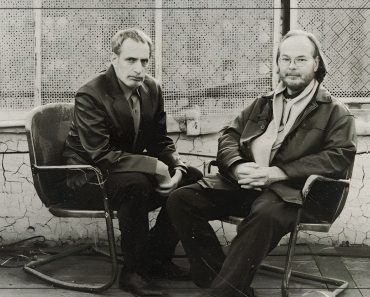The summer solstice, or θερινό ηλιοστάσιο in Greek, marks the longest day of the year in the Northern Hemisphere. It occurs when the Earth’s North Pole tilts closest to the Sun—about 23.4°—bringing the Sun to its highest point in the sky and bathing the day in its most extended period of sunlight.
This astronomical event happens twice a year, once in each hemisphere, and by scientific convention, it signals the beginning of summer. During the summer solstice in the North, the Sun’s vertical rays fall directly over the Tropic of Cancer, while six months later, they reach the Tropic of Capricorn in the Southern Hemisphere.
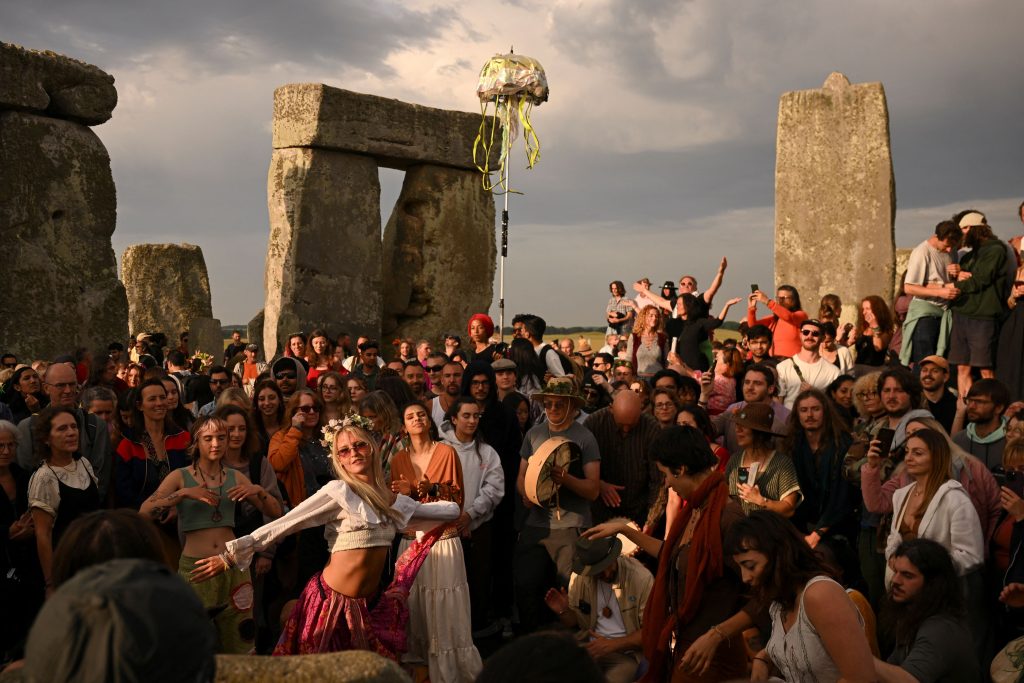
Revellers attend summer solstice celebrations during sunrise at Stonehenge near Amesbury, Britain, June 21, 2025. REUTERS/Jaimi Joy
A moment in the sky: What Actually Happens
The summer solstice occurs when the Earth’s axial tilt is most inclined toward the Sun. In the Northern Hemisphere, this happens around June 21, when the North Pole leans about 23.4° toward the Sun. As a result, the Sun appears at its highest point in the sky at noon and follows its longest path, giving us the longest day and shortest night of the year.
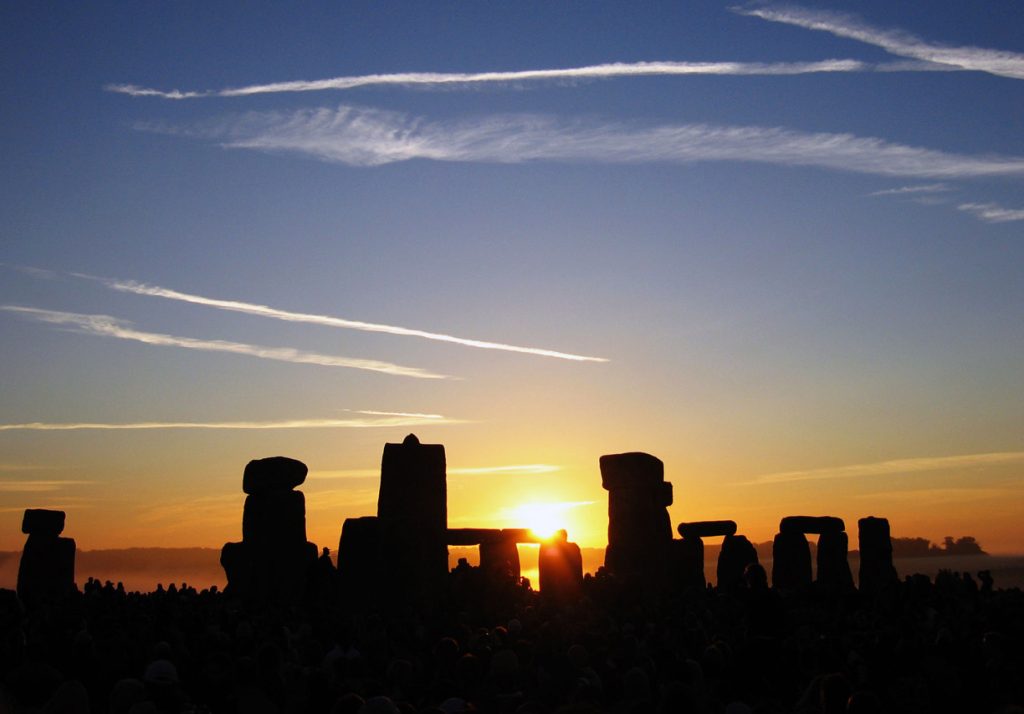
Summer Solstice Sunrise over Stonehenge / Public domain Wikimedia Commons.
At this moment, the Sun’s vertical rays hit directly above the Tropic of Cancer (23°27′ N latitude), marking the northernmost point where the Sun appears directly overhead. That’s why, in the Arctic Circle, the Sun doesn’t set at all during this period—a phenomenon known as the midnight sun.
In simple terms, it’s the day when the Sun seems to pause at its peak before slowly beginning its descent toward the shorter days of autumn and winter.

People gather to enjoy the sunset at the Areios Pagos rock, next to the Acropolis.
Why It’s Called a “Standstill”
The word solstice comes from the Latin sol (sun) and sistere (to stand still), referring to the moment when the sun’s apparent movement northward or southward halts briefly before reversing direction. In Greek, the term ηλιοστάσιο (hēliostásio) shares this root, combining ἥλιος (sun) and στάσις (standing).
Although the sun does not literally pause, its change in declination slows dramatically, creating the impression of a still point in the sky—a phenomenon that has fascinated astronomers and poets alike for centuries.
Cultural Echoes
Although the summer solstice astronomically occurs on June 20, 21, or 22, in many parts of Europe it was traditionally observed on June 23–24. With the spread of Christianity, these dates were reframed as Saint John’s Eve and Saint John’s Day, preserving the earlier pagan celebrations. Across the continent, they remain occasions for bonfires, feasting, and open-air festivities—vivid expressions of seasonal joy and cultural memory.
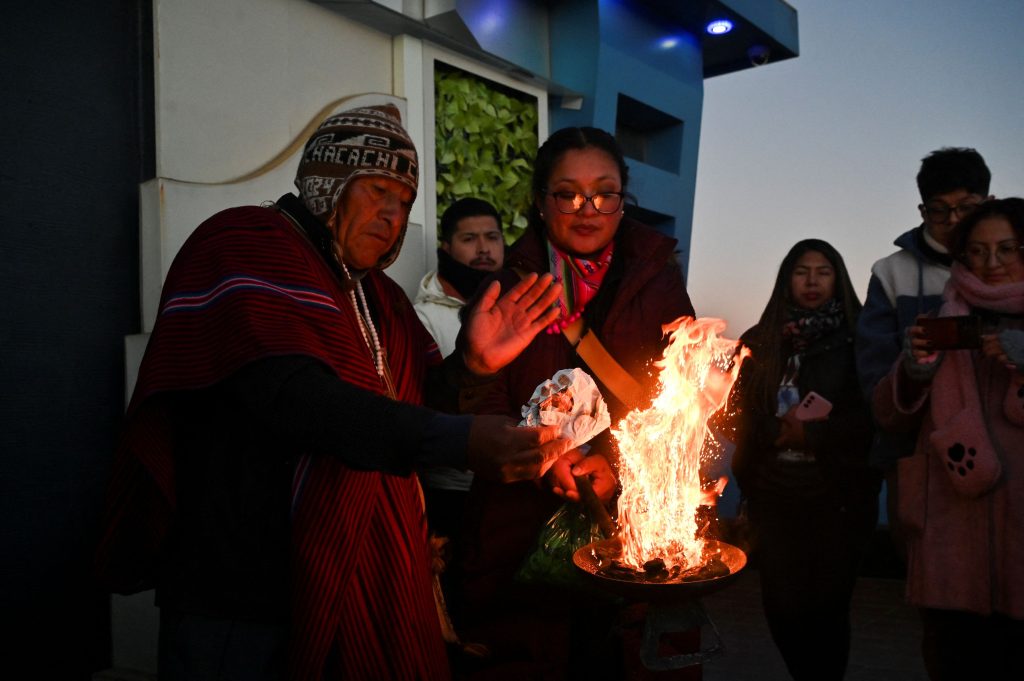
An amauta performs an ancestral ritual during the celebration of the Aymara New Year 5533, in El Alto, Bolivia, June 21, 2025. REUTERS/Claudia Morales
In Scandinavia, the solstice is a national holiday and one of the most cherished moments of the year. Known as Midsummer in Sweden, Finland, and other Nordic countries, it is celebrated with outdoor dancing, flower crowns, traditional songs, and gatherings that stretch long into the luminous night.
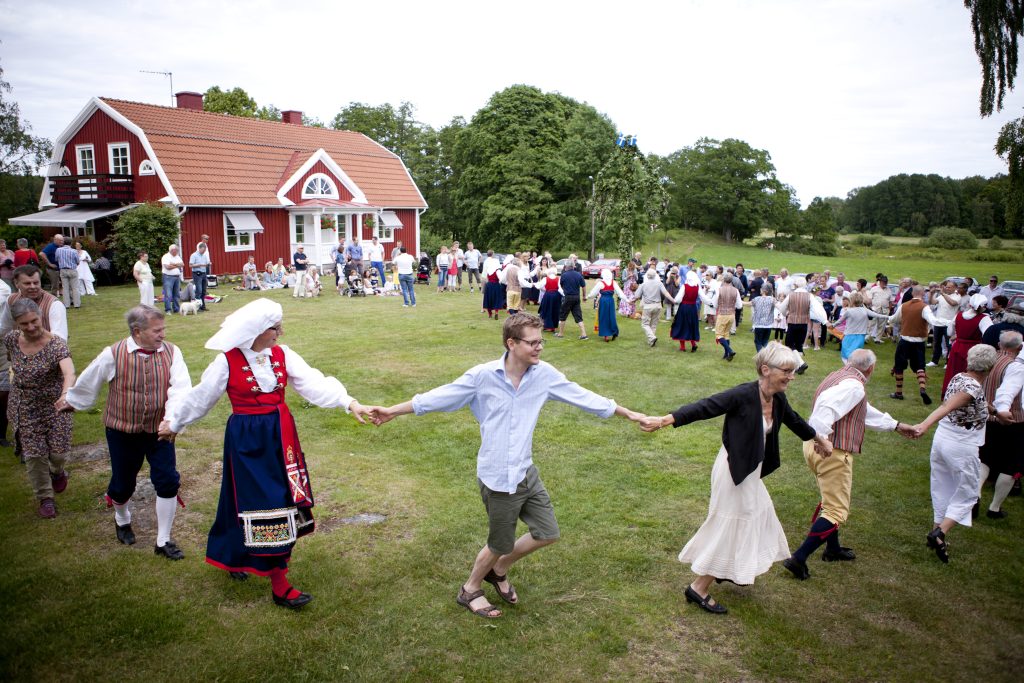
Local people in modern and traditional dress join hands to dance around the maypole at the mid-summer celebration in the village of Jat in Sweden, June 22, 2012. The Midsummer party, usually held on the Friday after the summer solstice, is a day Ñ a very long day Ñ that calls for a lot of singing, a smorgasbord of salty fish, bottomless glasses of beer, and aquavit, the local spirit distilled from potatoes. (Jason Florio/The New York Times).
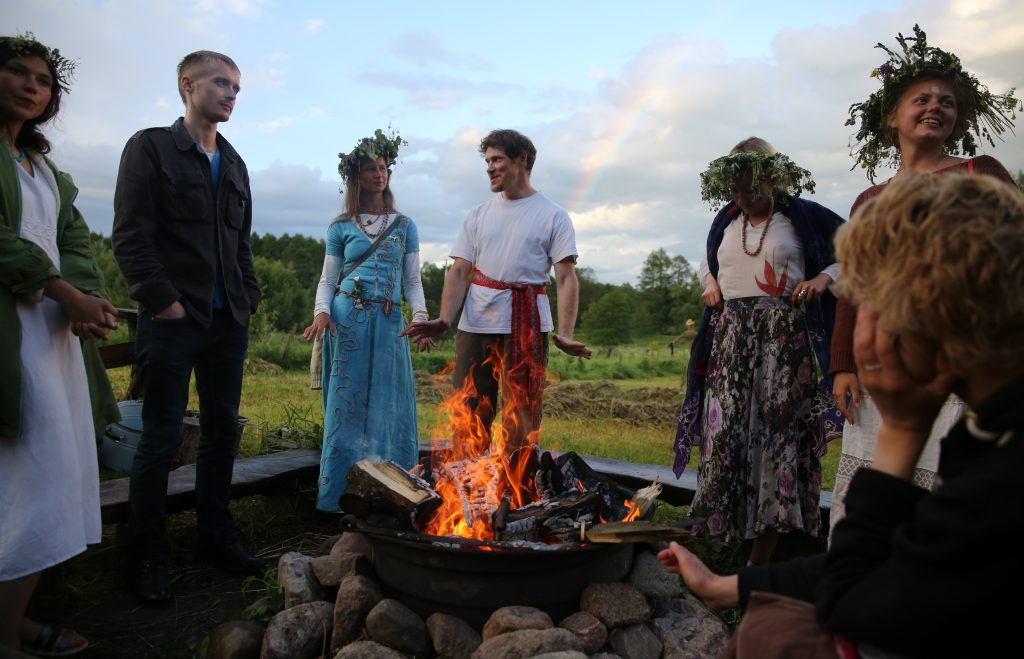
People celebrate the pagan holiday Kupalle in the village Malae Zapruddze, some 90 km from Minsk, Belarus, 21 June 2017. Kupalle, which is the Belarusian version of the midsummer festival during the Summer solstice marking the beginning of Summer, is widely celebrated in Belarus. EPA/TATYANA ZENKOVICH
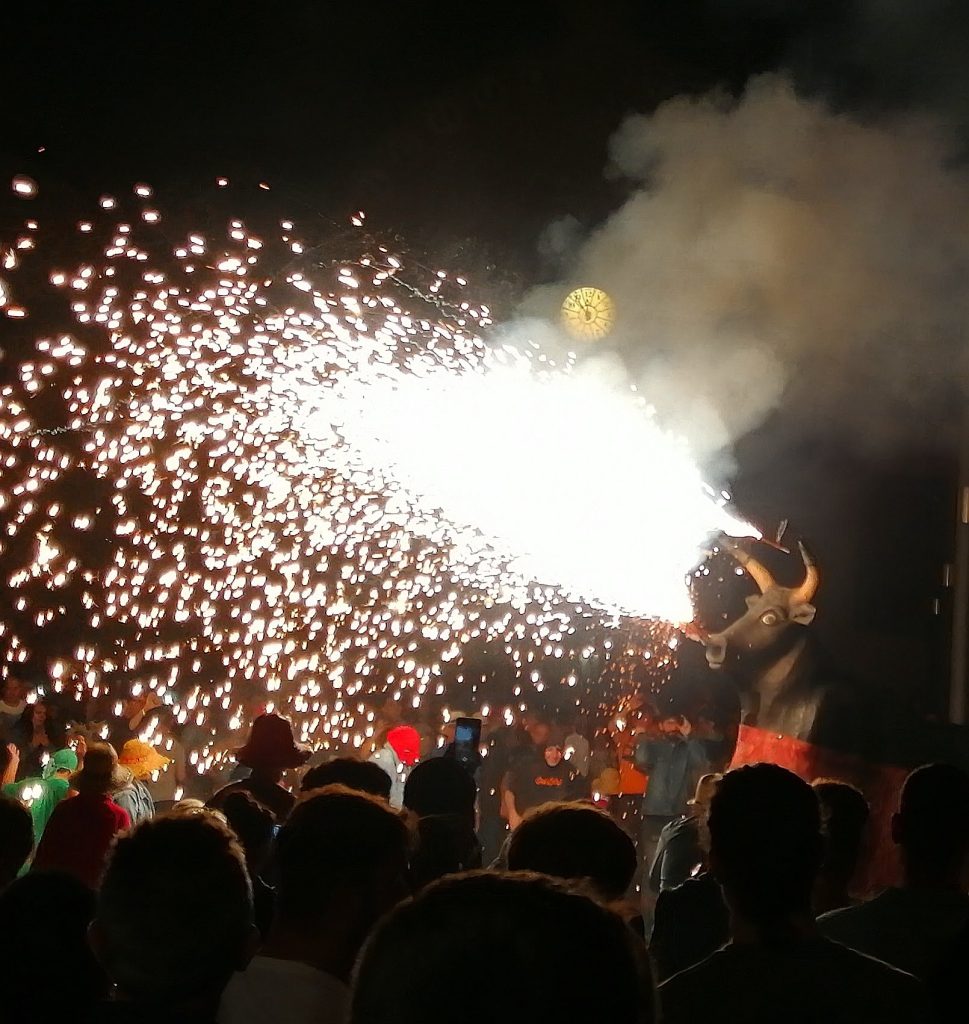
The “Revetlla de Sant Joan”, also known as Saint John’s Eve, is a vibrant Catalan festival celebrated on the night of June 23rd, marking the arrival of summer with bonfires and fireworks./ Cataleirxs, CC BY-SA 4.0, via Wikimedia Commons
In Greece, the closest cultural equivalent is the celebration of Klidonas (Κλήδονας), observed on June 24 alongside the Orthodox feast of Saint John the Baptist. While not tied to the solstice directly, it carries echoes of seasonal transition: unmarried girls once practiced folk divinations, and villagers burned their May Day wreaths in community bonfires. Though these rituals are no longer widespread, they reflect an older rhythm of living closely with the sun and seasons.

The traditional custom of Klidonas at Kaisariani, in Athens, June 26, 2020.
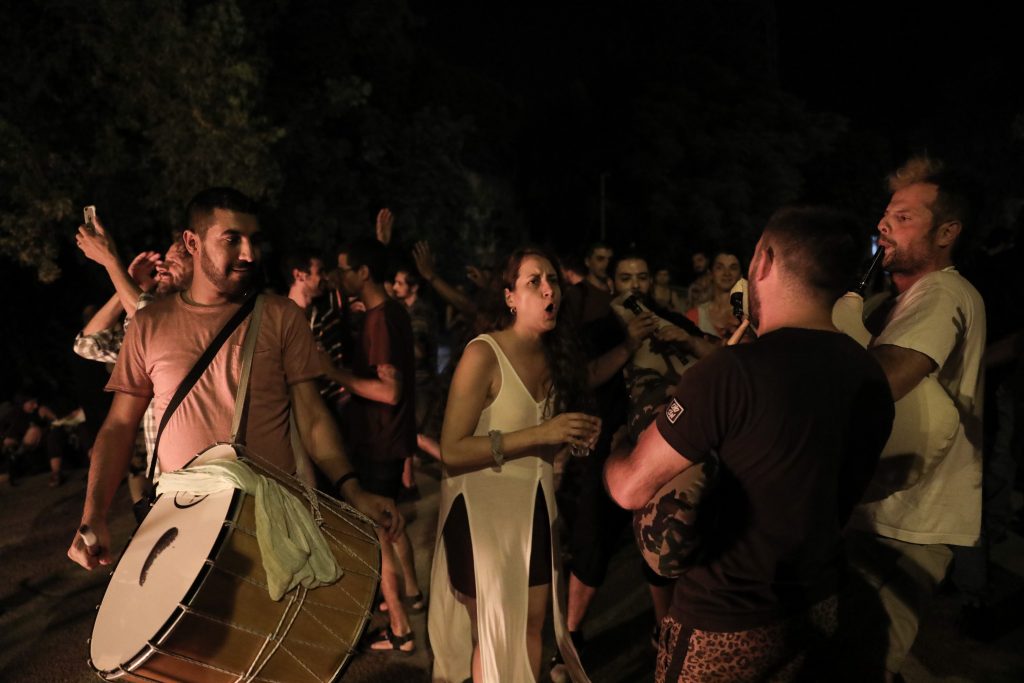
The traditional custom of Klidonas at Kaisariani, in Athens, June 26, 2020. /
Music in the Streets
In modern-day Greece, what is celebrated on June 21 is World Music Day (Fête de la Musique), a global event that turns cities into open-air concert halls. First launched in France in 1982, it has since spread across more than 120 countries and 1,000 cities, including Athens.
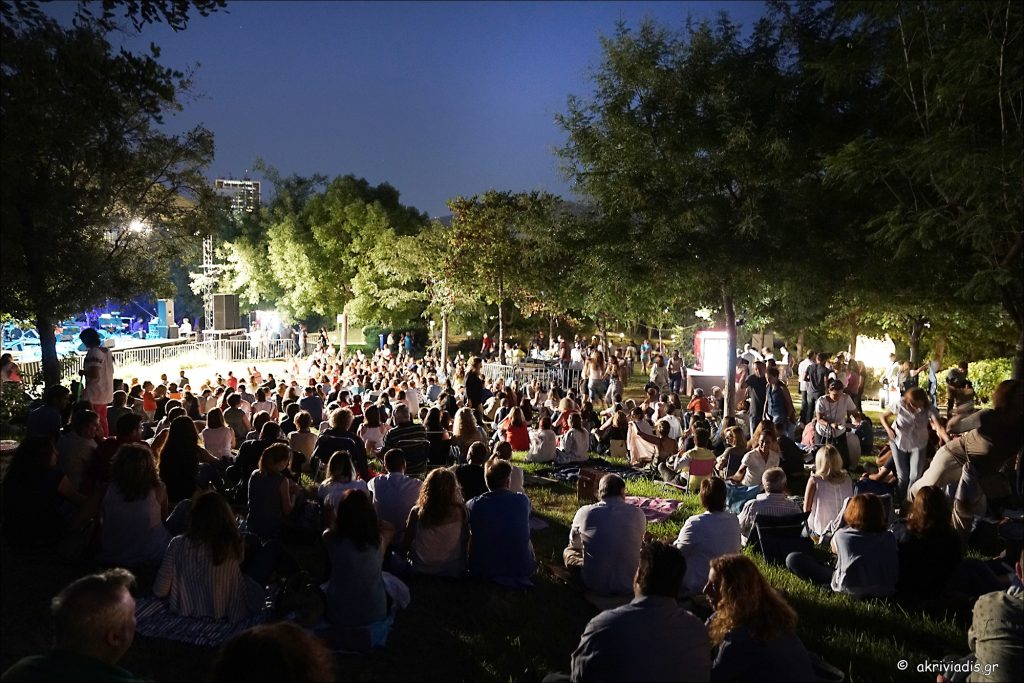
In the Greek capital, the event merges seamlessly with the summer solstice: free live performances, street musicians, and impromptu gatherings animate the city’s squares, neighborhoods, and cultural landmarks. On the longest day of the year, Athens responds with sound, rhythm, and celebration—a modern ritual bathed in sunlight and shared joy.
Seferis’ Solstice
The Nobel laureate George Seferis captured a more introspective version of this celestial event in his 1966 poem “Summer Solstice,” part of his collection Three Secret Poems. The poem’s opening lines:
Summer Solstice
1
On one side the sun at its grandest,
on the other the new moon,
distant in memory like those breasts.
Between them the chasm of a night full of stars,
life’s deluge.
The horses on the threshing-floors
gallop and sweat
over scattered bodies.
Everything finds its way there,
and this woman
whom you saw when she was beautiful, suddenly
sags, gives way, kneels.
The millstones grind up everything
and everything turns into stars.
Eve of the longest day.
[Translation by Edmund Keeley & Philip Sherrard, Selected Poems, Princeton University Press]
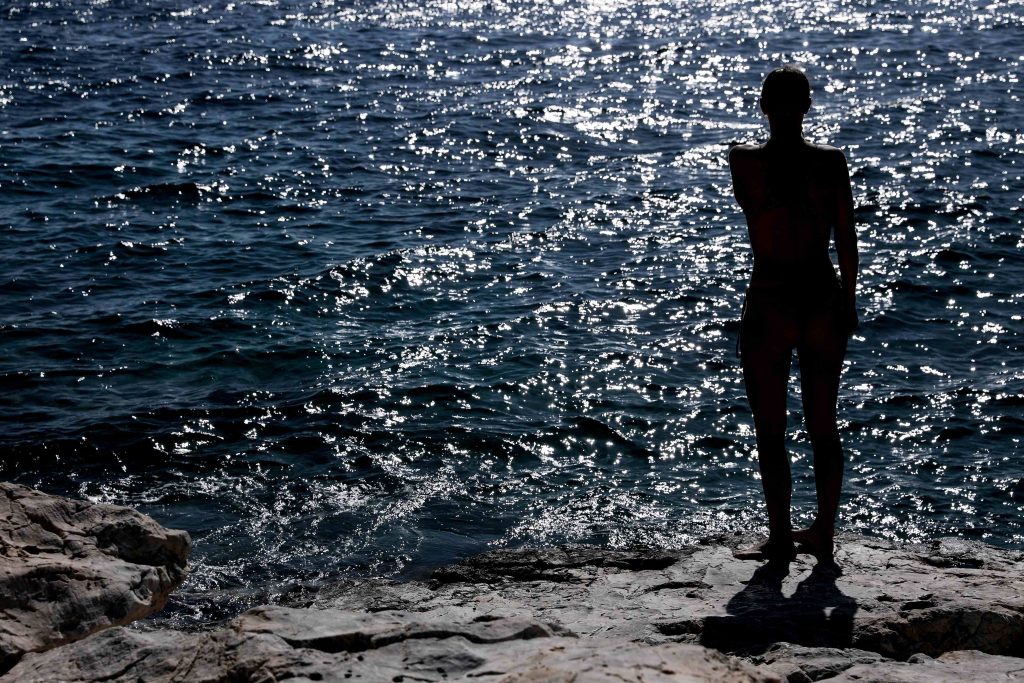
Happy first day of summer!





